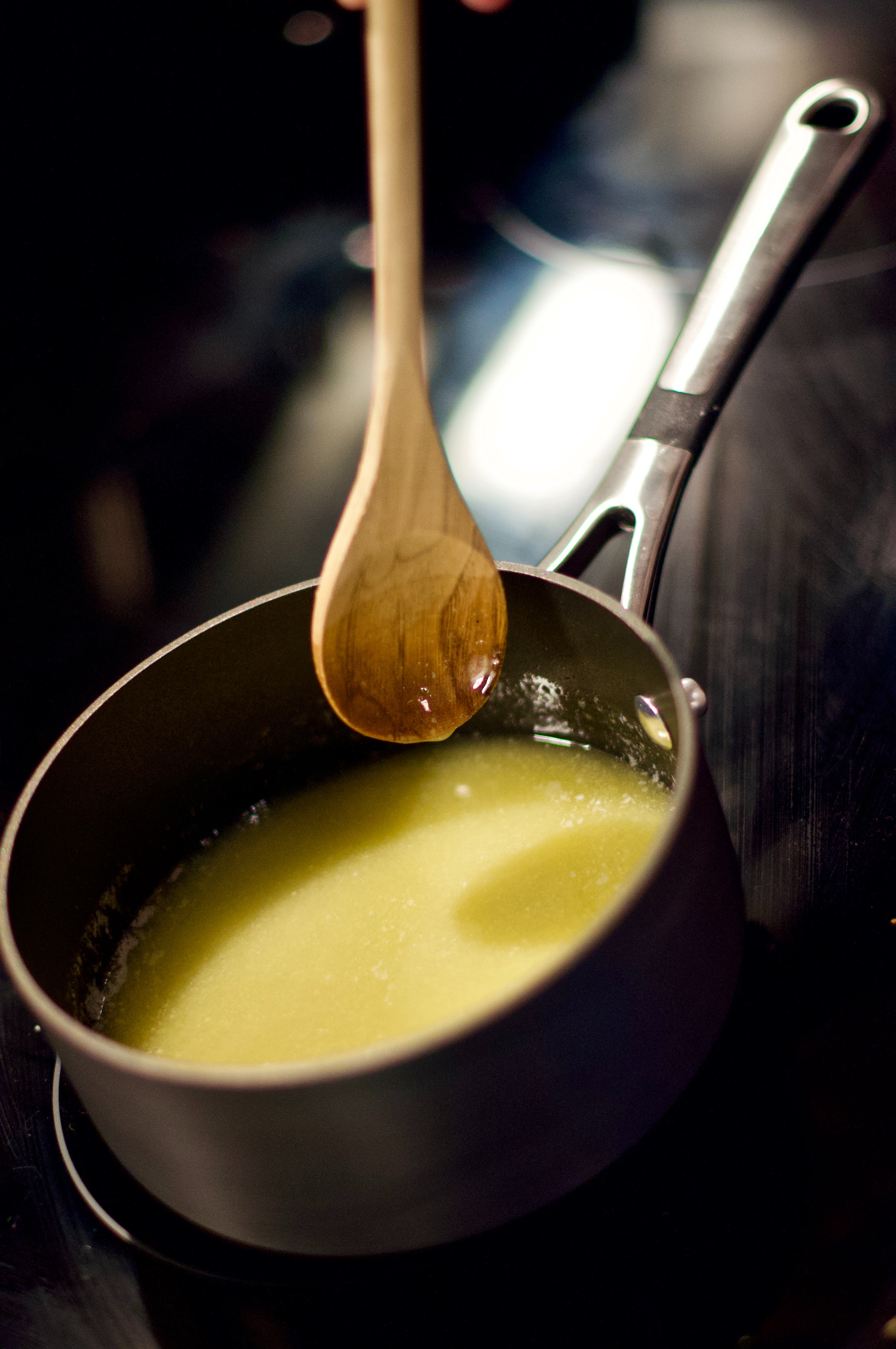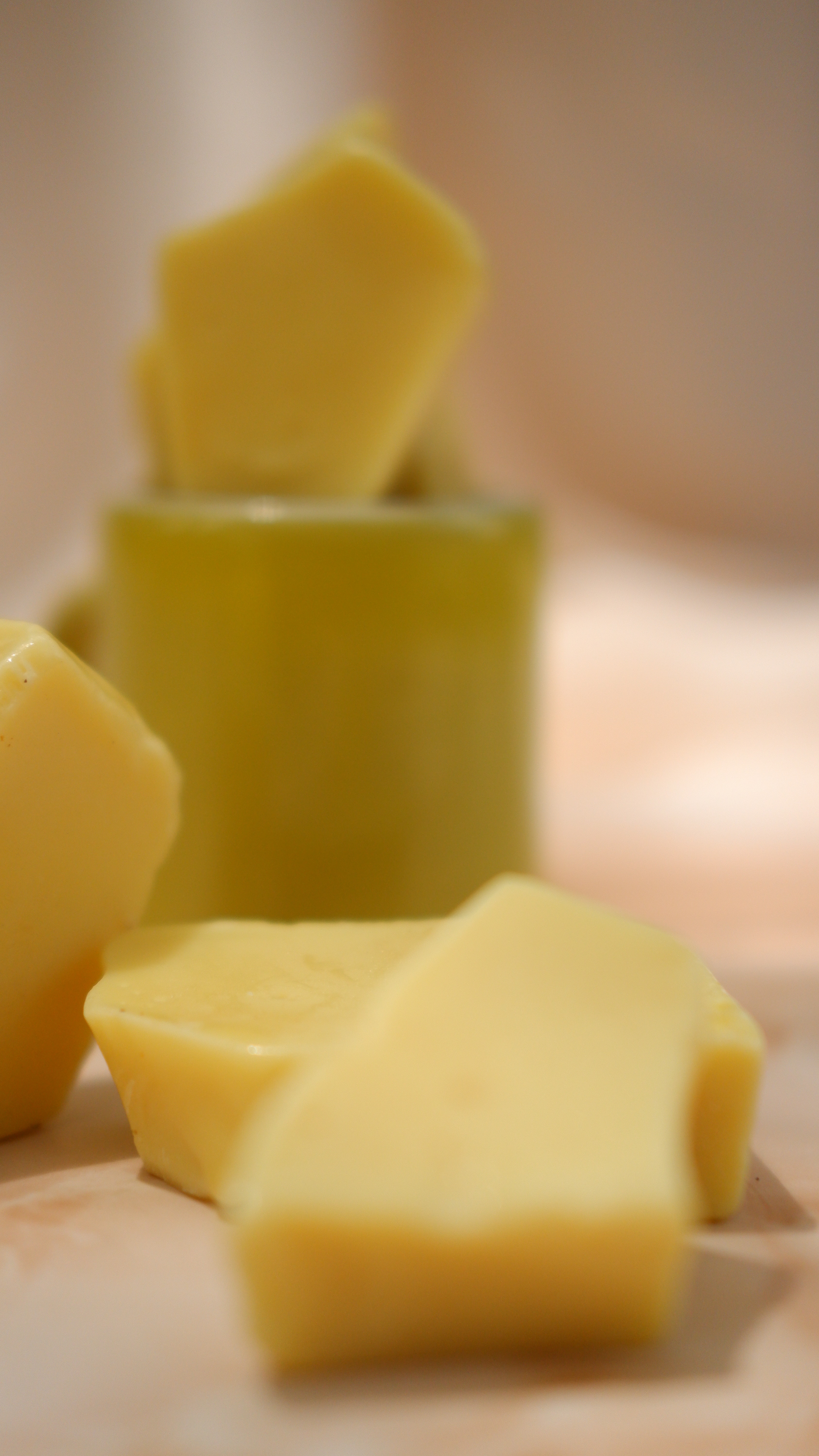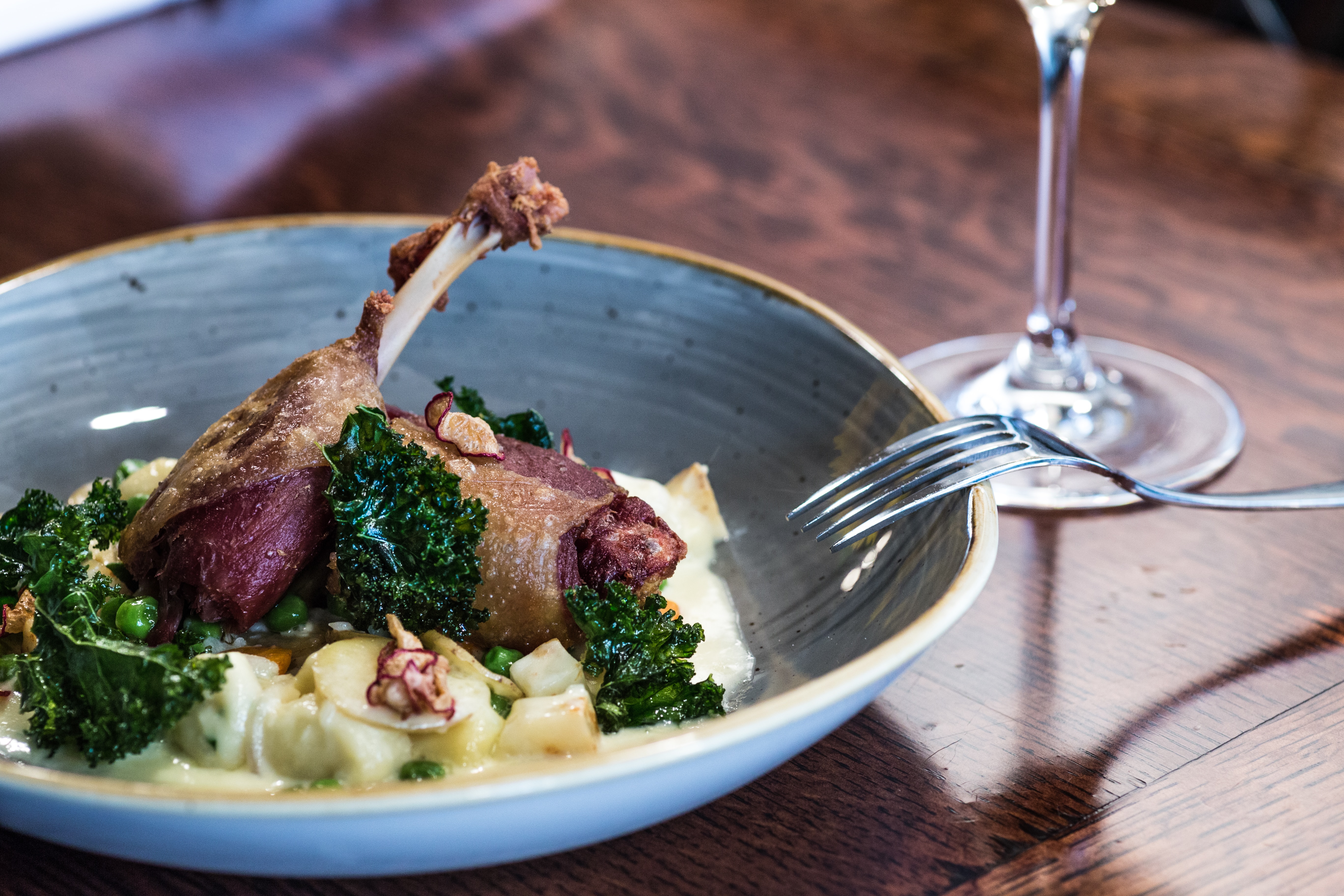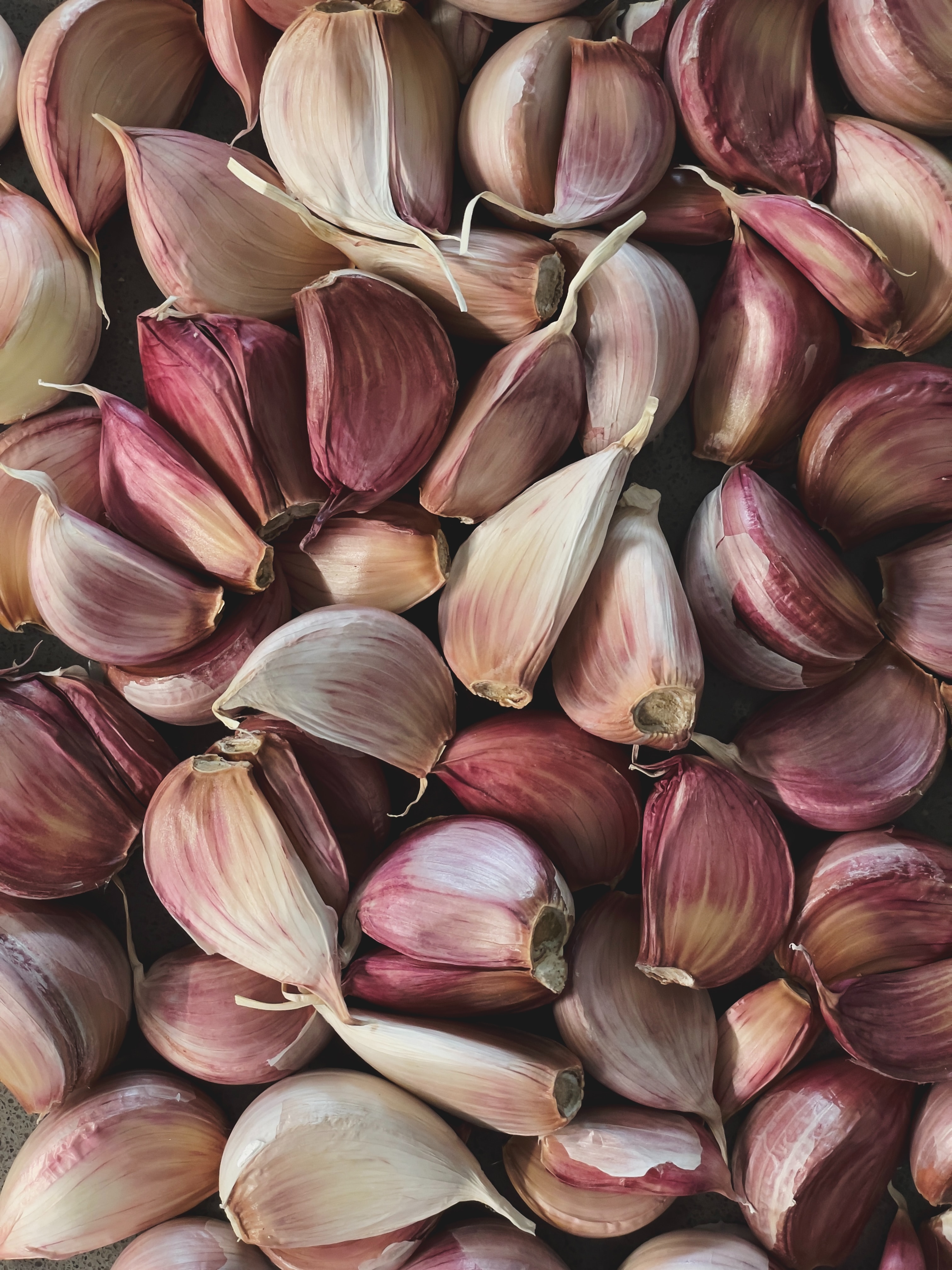5-Star Kitchen: The Incredible Art of Confit Cooking in Your Kitchen

Confit cooking (pronounced kon-FEE) is a method of very slow, gentle cooking where you bake or roast something immersed in fat or oil. It is a French word derived from confire, which means “to preserve.” Confit cooking is much healthier than it sounds. It’s a fantastic form of medium-term food preservation (hence its namesake), and it is divinely, 5-star restaurant delicious.
If this article is interesting to you, share it with your cooking buddy and see if they’ve tried confit cooking before. Maybe you’ll be able to show them something pretty cool!
Contents:
HistoryWhy It’s Awesome
Common Concerns
Recipe
History of Confit Cooking
Confit-style cooking has been around in some form or other for hundreds of years. While it didn’t necessarily originate in France, French cuisine made it popular in fine dining.In the 1800’s, confit cooking was very popular in Western and Central Europe, though in Great Britain it was called “potting” because it involved baking food with fat in a pot, then storing that food in the same pot to keep mold from accumulating.
Cooks would take cuts of meat (and sometimes vegetables), and if it was a tough cut like beef, would mince it finely. Then they would cover the meat in butter or rendered fat (i.e. tallow) and bake it in a pot over a “slow fire” (which just means low heat). After a couple of hours, they would remove it from the heat, discard the milk solids that had sunk to the bottom of the pot, then store the cooked meat immersed in the leftover cooking fat, which by then had rendered into clarified butter.

Fat is antibiotic, meaning bacteria cannot grow on it. Because of this, “potting,” or confit cooking was a popular way to cook and store meat to keep it from going bad for several months. These potted dishes were not generally a meal themselves. Rather, they were a snack throughout the day or something to end a meal with. People would scoop portions of the now-soft meat from the pot, which was covered in delicious butter, and spread it over bread or crackers.
Sounds good, right?
What Makes Confit Cooking so Good?
What made confit cooking really popular was when entire entrees began to showcase confit-style cooking.

The most famous version of confit cooking is duck confit, which most of us have heard of in snooty food magazines, but never tried.
Because confit cooking is slow and gentle, it is an excellent way to tenderize the parts of an animal that usually remain tough after more intense cooking methods. Thus, duck legs, pork shoulders, and many other foods become soft and succulent.
This works because fat can get up to a higher temperature than water (water caps out at 212℉), yet is still easier to control than direct-heating techniques like searing or roasting. In short, confit cooking lets you get higher than water allows, rendering the tough sinews, but it’s easier to control so you won’t flare too high in your heat and cause the muscle fibers to shrivel and lose moisture.

It’s hard to see because the overhead light in this jazz club was completely blue, but these fries are absolutely covered in whole cloves of garlic. Did it make me and my wife spend the night crying from pungency, with visibly green breath, and unable to kiss for several weeks? No. In fact, I called the kitchen and asked for extra confit in my garlic (they didn’t get the joke).
I can’t overstate the radical way confit cooking tenderizes food and changes flavor. Garlic confit is the perfect example. This Asian herb, which is incredibly pungent and crunchy, becomes something totally different when exposed to gentle heat for a long period. The pungency is replaced with a mellow, garlicky aroma that lingers on the food without competing with the other flavors, and the texture becomes incredibly soft to where you can spread the garlic on food like butter. When I make garlic confit, I eat it by the bulb.
There’s a lot of magic going on behind confit cooking, and you really have to try it yourself to understand. Fortunately, I’ll provide a recipe that costs just a few dollars to make at home.
Common Concerns with Confit Cooking
Isn’t this unhealthy because it’s high in fat? No! Foods cooked in fat don’t necessarily soak up all the fat. This is a common myth, especially for people who insist on leaving the fat cap on their Sunday roast. The fat is little more than a vessel for transmitting heat to your food. Sure, you’ll have some leftover fat on the surface of the meat (kind of like butter on salmon or grease from a good steak), but that doesn’t translate to more fat IN the food.In more scientific terms, the molecular structure of lipids (fat molecules) is large and cannot simply squeeze through the rather dense, coiled structure of muscle and sinew. Long story short: don’t worry about the fat content in confit cooking.
How good is confit cooking for food storage? Confit is good for medium-term food storage—that is, a matter of one to two months, no longer. So no, it’s not going to last for years like your freeze-dried strawberries and military rations you have under the bed in your room. However, it’ll certainly last longer than if left fresh, and it tastes like a dream. Other preserved foods simply can’t compare to the unique flavor profile introduced by confit cooking.
What’s really neat about confit cooking is that, in contrast with fermentation or pickling, confit cooking enhances flavor without introducing other more extreme flavors like strong acidity or funk. In some ways, confit cooking makes food taste more “like itself.” Just try it. You’ll see.

Isn’t confit cooking really expensive? If you’re doing it the fancy, michelin-starred modern way, then yes, confit is prohibitively expensive. The finest restaurants make confit duck with duck legs entirely immersed in duck fat. Or pork entirely immersed in lard. This requires a huge fat to meat ratio, the amount that isn’t found in just one bird. That means for a plate of duck confit, a pretty large number of ducks had to die. Few of us have the budget to buy that much duck fat.
However, what if we instead cook like our ancestors from hundreds of years ago? Try immersing some salmon or chicken in butter and baking it at 160 to 200℉ for two hours. Try immersing cherry tomatoes in olive oil and baking it at 200℉ for, you guessed it, two hours. Or best yet, try my confit garlic.
Have you tried confit before? Leave a comment and let me know how it went!
Give Me the Recipe!
Garlic Confit
This recipe is one example of just how versatile garlic can be. It is so much more than a powder we sprinkle over food. This slow cooking method eliminates the sharp pungency of garlic and mellows out its flavor. It also softens the garlic so much you can squash it with a spoon and spread it like butter. I eat at least a dozen cloves of this garlic tossed over my fries with some grated parmesan cheese and parsley. It goes incredibly well with any starch. Try it on baked or fried potatoes, over pasta (really any kind of Italian or French pasta), or spread over good, crusty bread. The garlic also imparts the oil you cook it in with some serious garlicky flavor. I drizzle the oil over foods or use it for dressings and other cooking. You will notice that the only two mandatory ingredients are garlic and olive oil. Everything else you could add is just for aromatic qualities. I'm especially fond of peppercorn and bay leaf, but it's not at all necessary.
Cook time:
Yield: 1 Bulb of Garlic Confit
Serving size: 4
Calories per serving: 75
1 bulb garlic, peeled
olive oil
1 bay leaf (optional)
1/4 red bell pepper (optional)
1 serrano chile (optional)
5 peppercorns (optional)
Directions:
1. Preheat your oven to 200°F.
2. Peel your garlic and place it in an oven-safe container.
3. Fill the container with enough olive oil to completely cover the garlic.
4. Add to the container any aromatics you've chosen.
5. Bake the garlic mixture for two hours.
That's it! Your garlic confit will store in the fridge for about two months (remember, confit cooking is a preservation technique).
For best mileage, sprinkle some salt onto the garlic cloves whenever you add them to a meal.
Recipe formatted with the Cook'n Recipe Software from DVO Enterprises.
 Matthew Christensen
Matthew Christensen
Weekly Newsletter Contributor since 2023
Email the author! matthew@dvo.com
